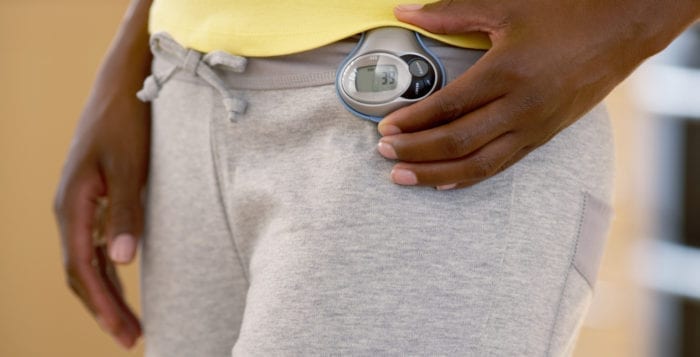Thomas Liantonio was overcome with emotion as his lacrosse teammates rushed to give him a hug after his first goal. The excitement followed a series of unfortunate events fit for a Lemony Snicket novel.
After undergoing brain surgery just three months earlier, the Miller Place resident and current Long Island University Post attack led the Pioneers with four goals and an assist in an 18-7 home win against University of the District of Columbia on his return April 17.
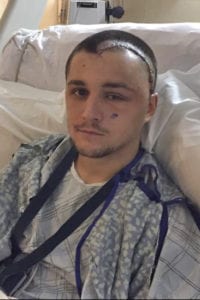
“Scoring my first goal back was definitely a special moment,” he said. “To be given the opportunity to start and produce off that opportunity is something I’m very fortunate for.”
Prior to the surgery, the junior said he was experiencing headaches and eye pain but didn’t think too much of it. As problems persisted he decided to get checked out and was shocked when doctors told him he had a brain tumor that would require surgery.
“I was scared, taken aback,” he said, recalling when he heard the news Jan. 2. “I’m a big believer of doing stuff to get your mind off things, and I did what I could to keep things as normal as possible for me. I realized you can’t get down on yourself — you have to keep looking forward to the next day and roll with the punches.”
He returned home following a few days in the hospital, and got started on the path to recovery. Long Island University first-year head coach Eric Wolf said he felt devastated for his student-athlete, especially knowing Liantonio also missed the 2017 season as a result of a heart condition.
“I know how hard he had worked after missing all of last season,” Wolf said. “I know in the front of Thomas’ mind he was thinking he would come back this season, and it was more so in the back of mine. Bottom line: I just wanted him to be healthy. If he could ever play again that would just be icing on the cake.”

Almost exactly a year prior, Jan. 10, 2017, Liantonio found out he had myocarditis, inflammation of the middle layer of the heart wall caused by a viral infection that can weaken the heart and lead to heart attacks, heart failure or sudden death if his blood pressure were to rise too high. He said he was having some chest pains, and again didn’t think anything of it, assuming he had a respiratory infection. After visiting a walk-in
medical center, he found out he had an irregular heartbeat. Following an EKG, MRI and cardiogram, he was told of the infection.
“To see him get blindsided by two things back-to-back and see how it was affecting his morale, as a parent, that’s very disheartening,” his father Steve Liantonio said. “He’s a strong kid, and luckily he has great friends and people at LIU Post that he relied on to keep his spirits up, keep him positive. We thought good things were going to come for him, and it worked out.”
The Pioneers’ head coach said after a week-and-a-half of practice, he could see his player shaking off the rust. Wolf first opted to sideline Liantonio after he practiced at midfield and, after a night’s sleep, decided he needed him out on the field.
Liantonio, who first picked up a lacrosse stick in second grade, said he couldn’t imagine not playing the sport again.
“I love the fast pace,” he said. “I saw the opportunity I had to go far in the sport and wanted to take it. I didn’t think I’d make it back to the lacrosse field this season, but getting cleared, I was so happy I didn’t know what to do.”

Given the amount of physical contact in lacrosse, Liantonio’s dad thought a return to the field was risky, afraid of a push or helmet-to-helmet contact, but said the return also provided a lesson to his son.
“You can only hold somebody back for so long,” he said. “He was strong-willed and after several conversations he felt determined and healthy enough to do it. At some point in time you just have to let go and say, ‘Go for it.’ This proves when you put your mind to something you can overcome anything.”
Wolf said he asked current attackmen, who’d had successful campaigns up to that point, to let Liantonio return to his rightful position. He said his players were selfless, and he was moved by what Liantonio brought to the team in his first game in nearly two years.
“I was shocked, but not surprised given who Thomas is,” he said. “He played awesome. The emotional lift that he gave our team could not be measured.”
The coach said while there’s no tiptoeing around the contact in the sport, he knew his player was all in, and has improved and grown more confident with each game he’s played since.
“He works hard, has a positive attitude and makes his teammates better — he does everything we ask,” Wolf said. “To see a guy go through what he has gone through over the past two years and to keep persisting through real adversity … it’s incredible.”


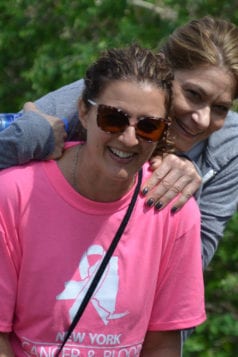
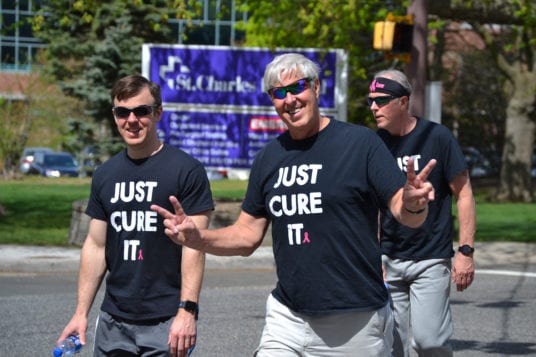
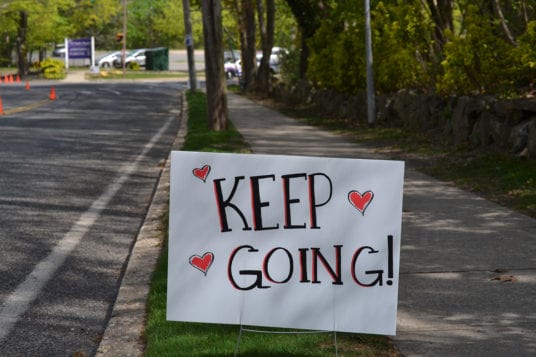
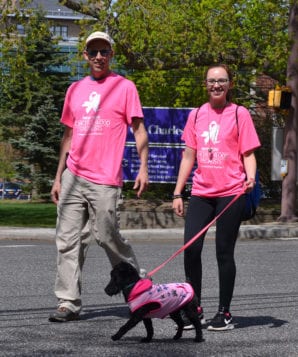
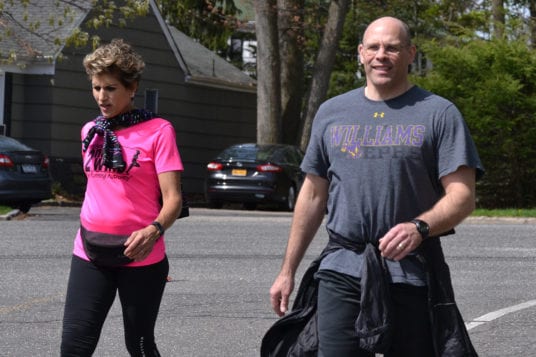
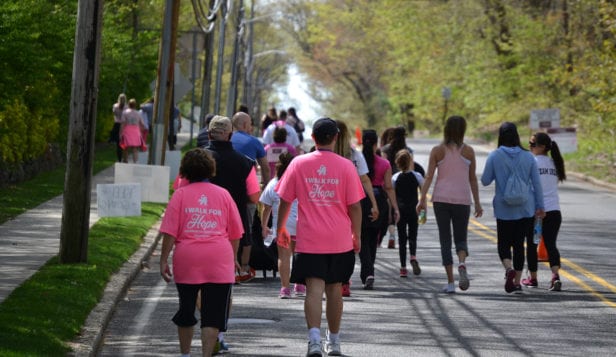

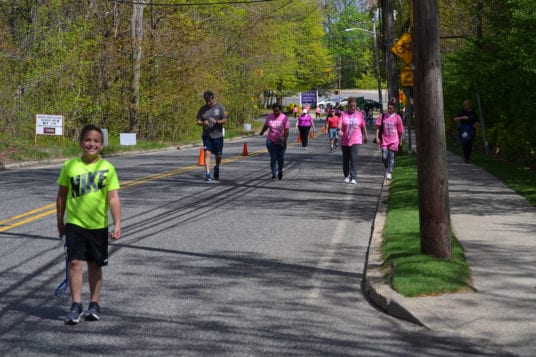
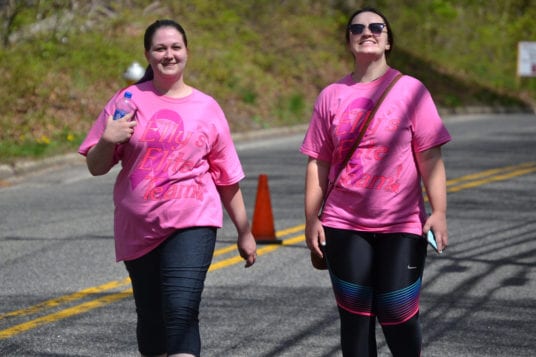
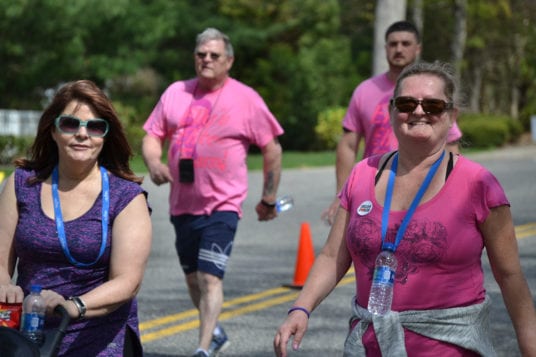
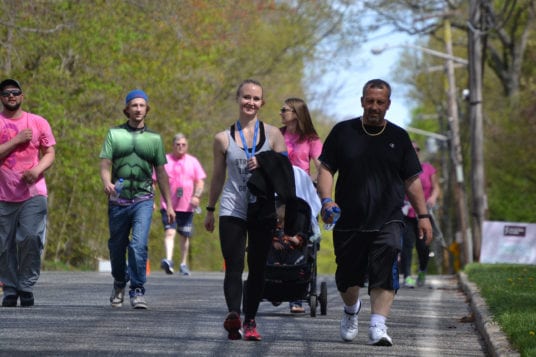
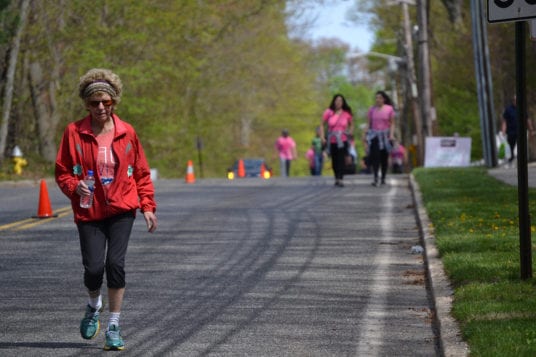


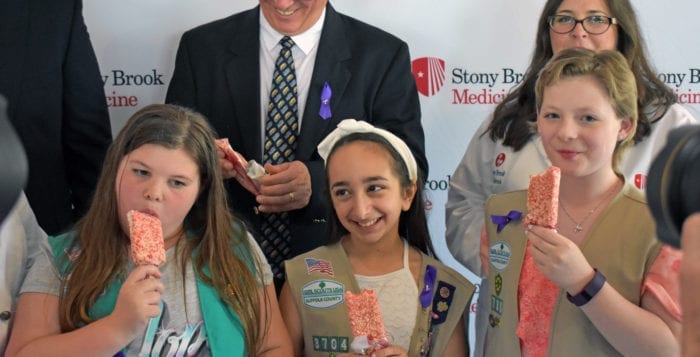
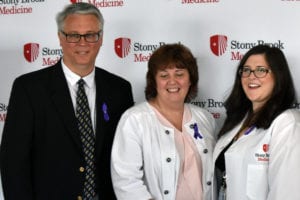
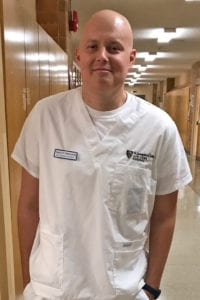

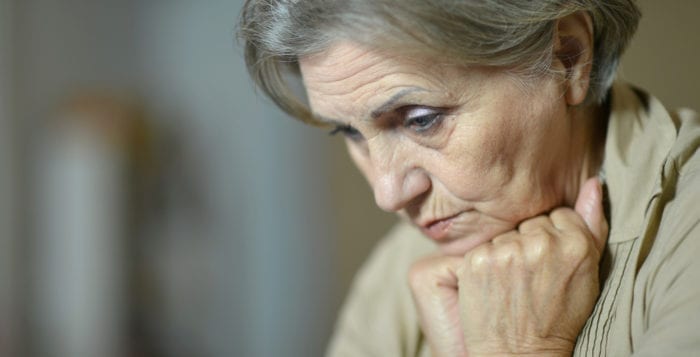

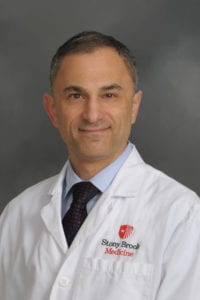


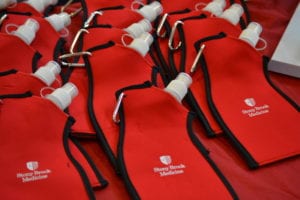

 The Health & Wellness Fest has partnered with the Royal Educational Foundation of Port Jefferson, which will be celebrating its fifth annual Power of One Family Fun Run on April 28 as well.
The Health & Wellness Fest has partnered with the Royal Educational Foundation of Port Jefferson, which will be celebrating its fifth annual Power of One Family Fun Run on April 28 as well.